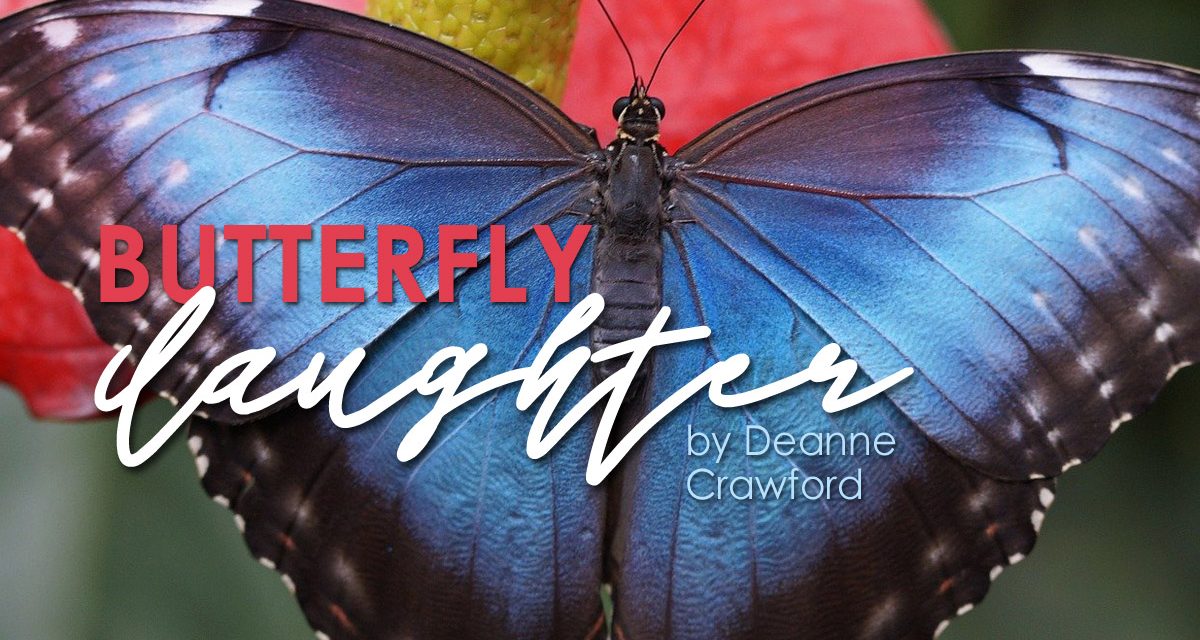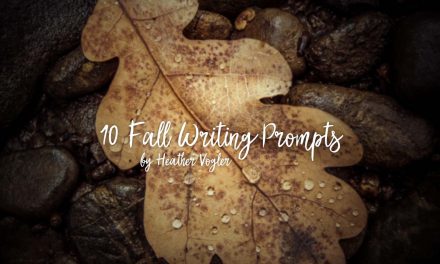In the middle of our porridge plates
There was a blue butterfly painted.
And each morning we tried who should reach the butterfly first.
Then the Grandmother said: “Do not eat the poor butterfly.”
That made us laugh.
Always she said it and always it started us laughing.
It seemed such a sweet little joke.
I was certain that one fine morning,
The butterfly would fly out of the plates,
Laughing the teeniest laugh in the world,
And perch on the Grandmother’s lap.
Introduce our study by reading Katherine Mansfield’s Butterfly Laughter poem above. Are there any unfamiliar words in this poem? Encourage your children to look up these. Have your children rewrite this poem using familiar words or synonyms. Spend a few minutes reading the new poem aloud with inflection. In their own words, ask them to describe what this poem is communicating to the reader. Do they have a special memory of time with a grandparent? This may be a great time to call or send a letter to the grandparent(s) and say thank you.
When you see a butterfly, how does it make you feel? Are you happy? Curious? Whether colorfully fluttering across the sky or resting upon a vibrant flower, butterflies bring joy and hope. Butterflies are thought to bring joy because they represent change, resurrection, and even new life. What is so special about the butterfly (a common insect) that fills us with hope and joy? Join me as we learn about this unique insect!
If your children are unfamiliar with insect characteristics, spend a few minutes learning more at DK Find Out! If your children are unfamiliar with butterflies, watch this quick introduction from Kids Learning Videos. Classified as an insect, the butterfly is set apart from other insects by its large, scaly wings. Primarily made from thin protein layers called chitin, which is the same protein found in the exoskeletons (hard shell) of insects and arthropods. I don’t know about you, but I was shocked to learn butterfly wings are made of the same materials as beetle and lobster shells! Watch this fascinating video about the Magic of Butterfly Scales. If you have access to butterfly wings, explore their unique wings more deeply with this activity from Monarch Joint Adventure.
Like many other insects, butterflies go through complete metamorphosis, which means they go through body changes throughout their lives. There are four stages in a complete metamorphosis. Born as an egg (stage 1). Stage 2 begins as they leave the egg as a caterpillar. Caterpillars are eating machines and quickly outgrow their skin. When this happens, the caterpillar molts. When caterpillars molt, they spin a silk pad and become very still before breaking out of their skin. This process takes a few days and when completed, the process starts again! A caterpillar will molt 4-5 times before moving into stage 3. During the final molt, it will form a green chrysalis, which is stage 3. From the outside, it looks as if the caterpillar is resting, but on the inside the caterpillar is rapidly changing. Most caterpillars complete the transformation to butterfly in 10-14 days. While there is not a way to set a clock to know exactly when to be watching for the emerging butterfly, there are things you can observe that show the fourth stage is imminent. As the time nears, the chrysalis becomes translucent (or see-through). It also begins to expand and separate especially at the top. If you have been watching the metamorphosis of the butterfly, you may not want to leave the area until you see the butterfly fully appear! Worth mentioning, if you have been observing the stages of metamorphosis, it is important to not disturb the butterflies for the first few hours. The newly emerged butterfly needs time for their wings to fully dry before they can fly. Sadly, after all this hard work, the life expectancy of the butterfly is 2-3 weeks. Remember this if you raise butterflies. It is important to release them so they can produce the next generation!
It is believed there are 20,000 different species of butterflies. While most are found in the tropical rainforests, they are actually found throughout the world, except in Antarctica. Butterflies are cold-blooded, meaning they cannot generate their own body heat, and instead take heat from their environment. Butterflies rely on heat to fly. The air temperature needs to be between 60°-100° for a butterfly to fly. If the temperature drops too low, butterflies seek out a sunny area and spread their wings to soak up the sun’s heat. On the flip side, if a butterfly gets too hot, it seeks out cooler areas like shade or puddles. If the temps fall below 55 degrees, the butterfly muscles become paralyzed.
If you live in an area that experiences seasonal temperature changes, butterflies must find a way to survive as temperatures cool. Some butterflies survive cold weather by hibernating. They can hibernate in any life stage. Other butterflies migrate to a warmer region. Some butterflies travel only a few hundred miles, while the Monarch may travel thousands of miles. Monarch butterflies begin their flight before the autumn cold sets in, heading south from Canada and the northern United States, migrating to the warmer climates of California, Florida, and Mexico. The travel usually takes about 2 months. It takes four-six generations of monarchs to complete the yearly migration which means the same Monarch butterfly does not return. Interestingly, monarchs return to the same area and even roost in the same tree. Learn more about the amazing Monarch at Nat Geo for Kids or National Geographic’s Butterfly: A Life.
Ah, the magnificent butterfly. Take time to appreciate the significance of this amazing insect. In the words of Maya Angelou, “We delight in the beauty of the butterfly but rarely admit the changes it has gone through to achieve that beauty.”
~ Deanne





